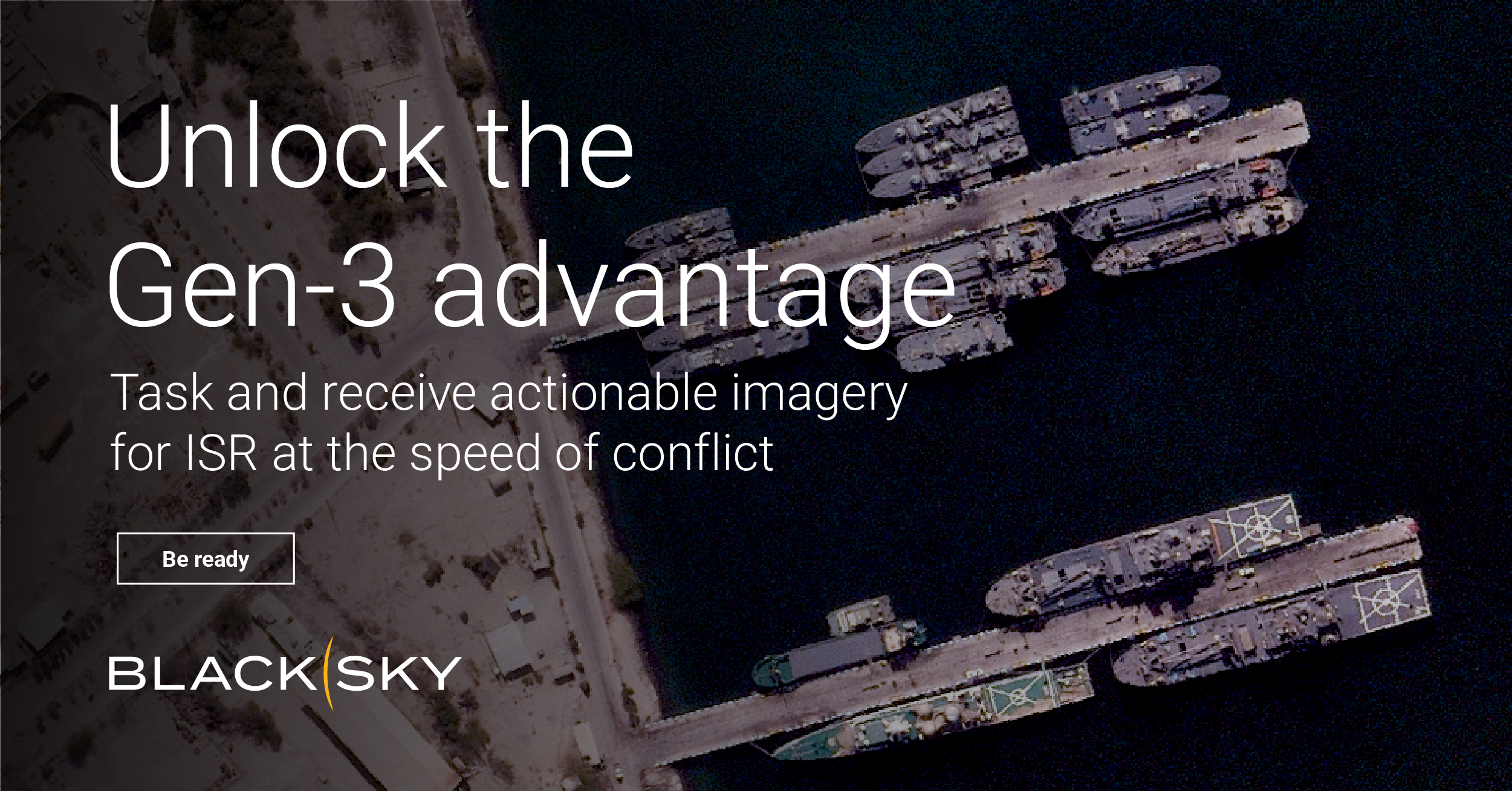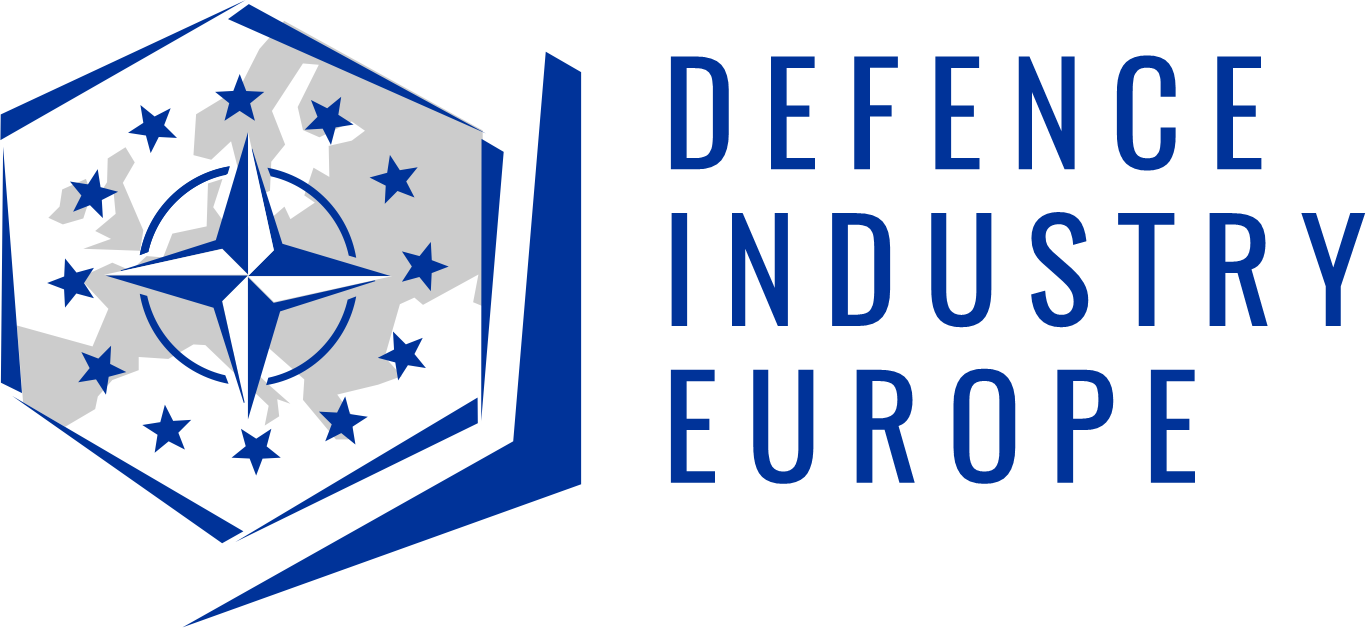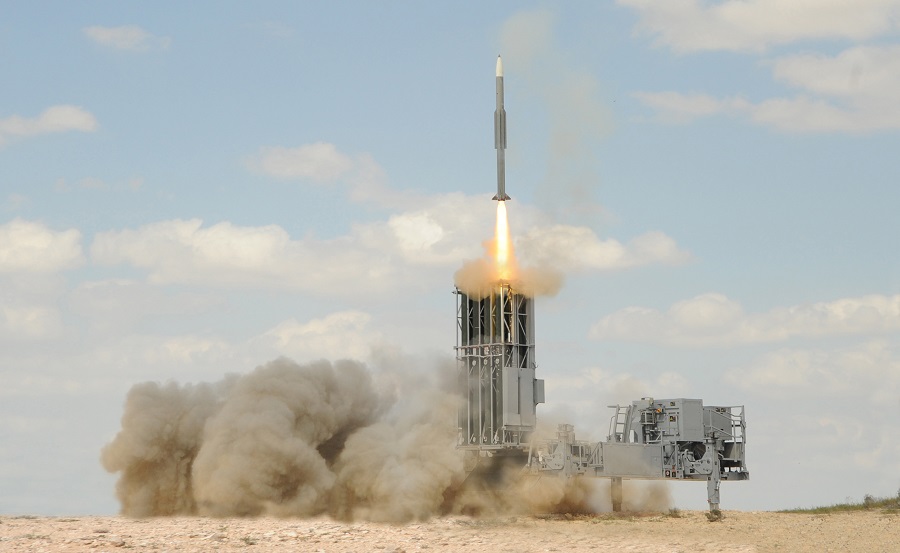With more than 50 aircraft and over 500 personnel from seven units participating, the exercise enhances the U.S. military’s ability to deliver decisive airpower under realistic, large-force combat scenarios. Airframes include the F-16C Fighting Falcon, F-22 Raptor, F-35A and C Lightning II, and the E-7 Wedgetail.
“This iteration features participation from the Royal Australian Air Force and U.S. Marine Corps,” organisers said, “further strengthening international and joint force capabilities.” The Royal Australian Air Force joins U.S. forces to train under contested, high-demand conditions designed to replicate real-world operations.
Checkered Flag also supports the U.S. Air Force Chief of Staff’s objective of developing “Mission Ready Airmen with diverse skills for operational readiness in contested environments.” It aligns with Air Combat Command’s plan to train the Immediate Response Force, which prepares units for rapid reaction to emerging global threats.
Running concurrently with Checkered Flag is the Weapons System Evaluation Program (WSEP) 26.01, led by the 53rd Wing and managed by the 83rd Fighter Weapons Squadron at Tyndall Air Force Base. WSEP evaluates squadrons’ ability to conduct live-fire missions, enabling aircrew to launch live missiles at manoeuvring targets and providing maintainers the chance to load live munitions in real-time operations.
By combining both exercises, the U.S. military saves critical resources and creates a dynamic, cost-effective training environment. “Checkered Flag builds the U.S. military’s global response force by strengthening partnerships between units to ensure a more lethal force in combat,” the Air Force said.
The exercise also highlights the strategic focus on interoperability with allied nations and advancing joint force capability. “It stands as a testament to the U.S. military’s commitment to maintaining a strong and capable joint force ready to defend the nation and its interests anytime, anywhere.”


























